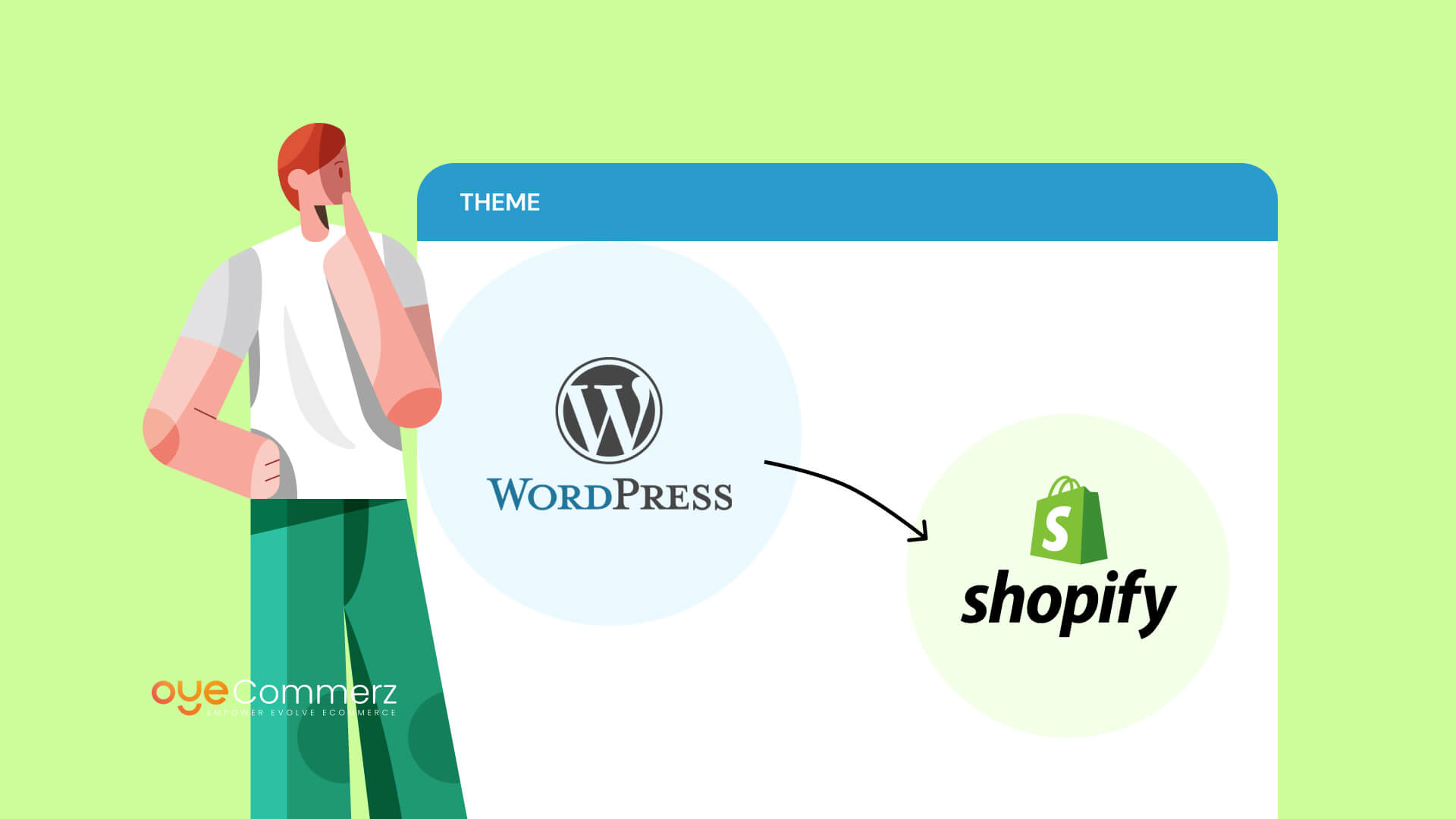Shifting from WP to Shopify is an promising step in optimizing your online store operations. As companies grow, selecting a solution that aligns with growth potential, UX, and customization is essential. Shopify has emerged as a preferred choice for online merchants, providing unmatched adaptability, security, and user-friendliness. In this guide, we’ll explore the transformative impact of this migration, discuss the advantages, and provide practical tips to ensure a smooth transition.
1. Top Reasons to Transition from WordPress to Shopify
WordPress, paired with WooCommerce, continues to support countless online stores. However, as companies expand, issues like plugin dependency, data risks, and technical complexities often obstruct growth. Shopify, designed explicitly for digital retail, eliminates these concerns with an all-in-one, user-friendly platform. Real data back this transition—Shopify powers over 4.4 million stores globally, with a reported 10% increase in sales performance for many businesses after migration.
2. Key Benefits of Shopify for E-commerce Success
Shopify’s robust ecosystem caters for scaling brands. Its notable benefits are:
- Effortless Design Flexibility: Shopify provides over 80 professionally designed themes.
- Integrated Tools: Capabilities such as Shopify Payments and integrated SEO save time and effort.
- Global Reach: Currency versatility and localization features empower brands to reach global markets.
Additionally, Shopify delivers an availability percentage of 99.98%, guaranteeing your store is always operational.
3. Getting Ready for Your WordPress-to-Shopify Transition
Prior to starting the migration process, assess your current store. Analyze product data, customer details, and search engine rankings. Resources such as Shopify’s Migration Kit or third-party solutions help ease the transition. Develop a detailed strategy, ensuring all resources—product descriptions, images, and articles—are optimized for transfer.
4. The Importance of Accurate Data Migration
Transferring your data is a cornerstone of a smooth transition. When migrating from WordPress to Shopify, focus on:
- Inventory Details: SKU, descriptions, and Expert Shopify developers categories.
- Client Information: Emails, purchase records, and preferences.
- Search Engine Considerations: Preserve meta tags, URLs, and forwarding paths to maintain search rankings.
Use apps like LitExtension to facilitate seamless migration while minimizing errors.
5. Tailoring Your Shopify Store to Fit Your Brand
Post-migration, personalizing your Shopify store ensures it reflects your brand. Take advantage of Shopify’s drag-and-drop editor to create layouts with ease. Shopify's themes are mobile-responsive, providing a smooth UX across devices—a key point, given 74% of e-commerce traffic comes from mobile users.
6. How to Protect Your SEO Rankings When Switching Platforms
SEO is vital for maintaining your visibility during migration. Shopify is highly optimized for search engines with organized link formatting, built-in optimization tools, and seamless blog integration. Make sure you:
- Implement 301 redirects for existing links.
- Enhance updated content with keyword-rich content.
- Use Shopify's apps Plug in SEO to monitor performance after the switch.
7. Essential Tests After Migrating to Shopify
After finishing the transfer, run detailed checks.
Review: - Page load times (Shopify boasts faster speeds compared to WP).
- Payment integration reliability and checkout processes.
- Adaptability across devices.
Quality assurance guarantees your store provides a seamless shopping experience from day one.
8. Case Study of a Successful Migration
An example of effective platform switching is Gymshark, a fitness apparel brand that transitioned to Shopify. After the switch, the company saw a 60% boost in mobile sales and significantly lowered site downtime. This highlights the capabilities of Shopify in driving e-commerce growth.
9. Challenges and Solutions
Migration comes with challenges, such as data integrity and adjusting tailored features. However, Shopify’s extensive assistance and third-party experts make overcoming these hurdles manageable. Collaborating with qualified Shopify developers ensures a trouble-free transition. WordPress migration to Shopify
10. Starting Your Journey with Shopify
Migrating from WP to Shopify represents a forward-thinking decision to e-commerce. By focusing on growth, simplifying management, and enhancing the customer experience, Shopify enables companies to thrive in challenging industries.
Conclusion
Transitioning from WordPress to Shopify offers a smart solution that can significantly boost your online business performance. With a robust migration plan, the appropriate resources, and expert support, you can achieve new growth opportunities.
Excited to start the journey? Reach out today to learn how our Shopify migration services can revolutionize your online store. Contact us now, or ask yourself: Can your business afford to miss out on Shopify’s growth potential?
